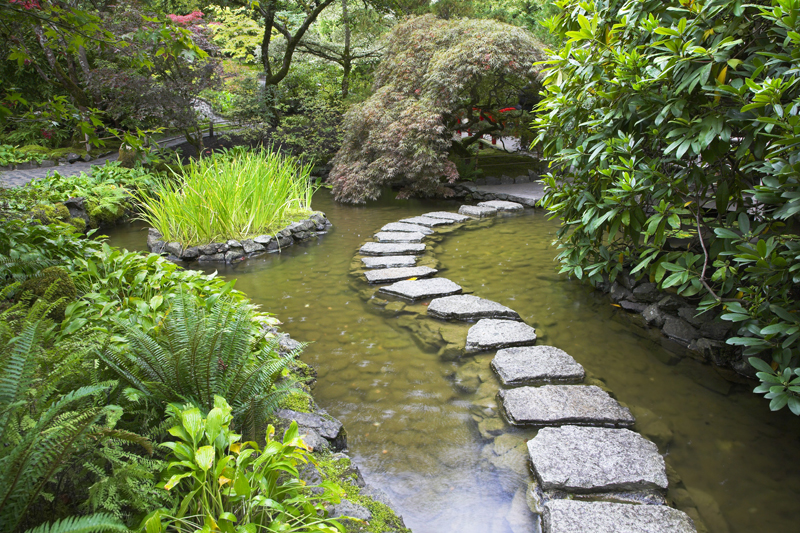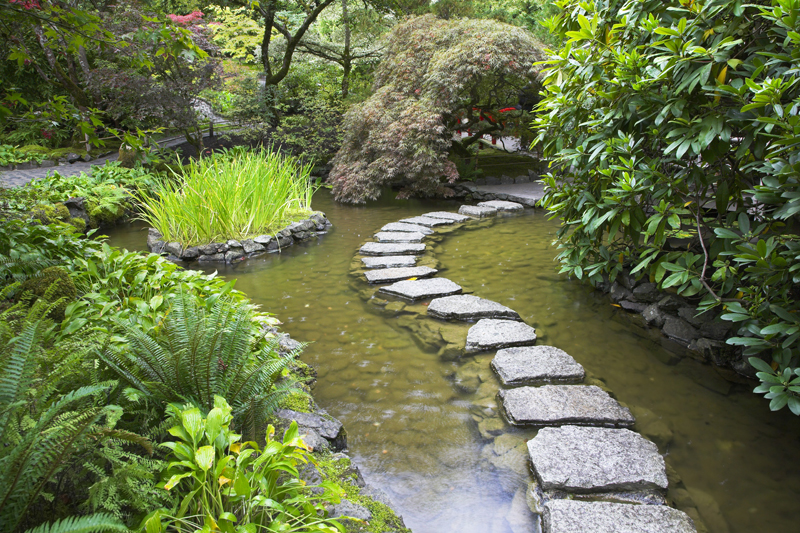Bay Laurel

Bay laurel is also known as sweet bay This tree is the source of bay leaf, which is used in cooking. The plant was originally native to the Mediterranean region.
The plant was grown by the Romans in ancient times.
Growing Bay Laurel
This is a good choice for areas where deer are a problem because they usually leave this plant alone.
Bay laurel is hardy in zones 8 through 10, and is slightly more hardy than a related bay species. It is popular in warm areas of the U.S., especially the coastal South and tropical areas in the South.
In cold regions, bay laurel can be left outdoors during the warmer months and brought indoors or into a greenhouse or sunroom for the winter. When moved indoors for the colder months, select a cool, well lit room if possible. Then, water it just enough to keep the soil from drying out.
Bay laurel has a slow growth rate. It is often broader than it is tall.
Because the plant is very dense, it is often used as a topiary and standard, and also as a screen or hedge. Bay laurel can serve as a background shrub. It is often trained to form a spiral.
Bay laurel needs full sun to part shade. It does best in a reasonably rich soil. The ideal pH for this plant is 6.2. A well drained soil is essential. It needs a moderate amount of water, slightly less than most other trees and shrubs.
If bay laurel is damaged by cold, the plant typically develops new shoots from the roots.
Description of Bay Laurel
Bay laurel can reach 40 feet in height in its native land. This tree is often cone shaped.
In many cases, this species tends to be shrubby rather than tree-like when cultivated. It is often broader than it is tall.
The scented, leathery leaves are oblong to oval. Their color ranges from deep rich green to dull green. These are two to four inches long and are borne on short petioles.
There is a cultivar with very large leaves. It is widely grown or culinary purposes. There are also varieties with fancy looking foliage. One cultivar has curly foliage. There is also a willow leaved bay laurel and one with variegated leaves.
The small, yellow blossoms form clusters in the spring. These tend to be rather insignificant.
This plant bears small berries that ripen to purple or black. They are ½ to ¾ inch long.
History of Bay Laurel
Historically, this plant has been used for wreaths, which were traditionally given to heroes as well as poets. Students also received wreaths when they graduated. Bay laurel was associated with victory and success. It was often used during victories and celebrations, such as winners of the Olympic games.
Classical Roman history has many legends and myths that credit the wife of Augustus with growing a bay tree from a sprig that was dropped into her lap as she sat outdoors.
This plant could supposedly protect people from lightning and from the devil and witches.
In addition, bay laurel had many culinary and medicinal uses as well.
The plant was grown by the Romans in ancient times.
Growing Bay Laurel
This is a good choice for areas where deer are a problem because they usually leave this plant alone.
Bay laurel is hardy in zones 8 through 10, and is slightly more hardy than a related bay species. It is popular in warm areas of the U.S., especially the coastal South and tropical areas in the South.
In cold regions, bay laurel can be left outdoors during the warmer months and brought indoors or into a greenhouse or sunroom for the winter. When moved indoors for the colder months, select a cool, well lit room if possible. Then, water it just enough to keep the soil from drying out.
Bay laurel has a slow growth rate. It is often broader than it is tall.
Because the plant is very dense, it is often used as a topiary and standard, and also as a screen or hedge. Bay laurel can serve as a background shrub. It is often trained to form a spiral.
Bay laurel needs full sun to part shade. It does best in a reasonably rich soil. The ideal pH for this plant is 6.2. A well drained soil is essential. It needs a moderate amount of water, slightly less than most other trees and shrubs.
If bay laurel is damaged by cold, the plant typically develops new shoots from the roots.
Description of Bay Laurel
Bay laurel can reach 40 feet in height in its native land. This tree is often cone shaped.
In many cases, this species tends to be shrubby rather than tree-like when cultivated. It is often broader than it is tall.
The scented, leathery leaves are oblong to oval. Their color ranges from deep rich green to dull green. These are two to four inches long and are borne on short petioles.
There is a cultivar with very large leaves. It is widely grown or culinary purposes. There are also varieties with fancy looking foliage. One cultivar has curly foliage. There is also a willow leaved bay laurel and one with variegated leaves.
The small, yellow blossoms form clusters in the spring. These tend to be rather insignificant.
This plant bears small berries that ripen to purple or black. They are ½ to ¾ inch long.
History of Bay Laurel
Historically, this plant has been used for wreaths, which were traditionally given to heroes as well as poets. Students also received wreaths when they graduated. Bay laurel was associated with victory and success. It was often used during victories and celebrations, such as winners of the Olympic games.
Classical Roman history has many legends and myths that credit the wife of Augustus with growing a bay tree from a sprig that was dropped into her lap as she sat outdoors.
This plant could supposedly protect people from lightning and from the devil and witches.
In addition, bay laurel had many culinary and medicinal uses as well.

Related Articles
Editor's Picks Articles
Top Ten Articles
Previous Features
Site Map
Content copyright © 2023 by Connie Krochmal. All rights reserved.
This content was written by Connie Krochmal. If you wish to use this content in any manner, you need written permission. Contact Connie Krochmal for details.



